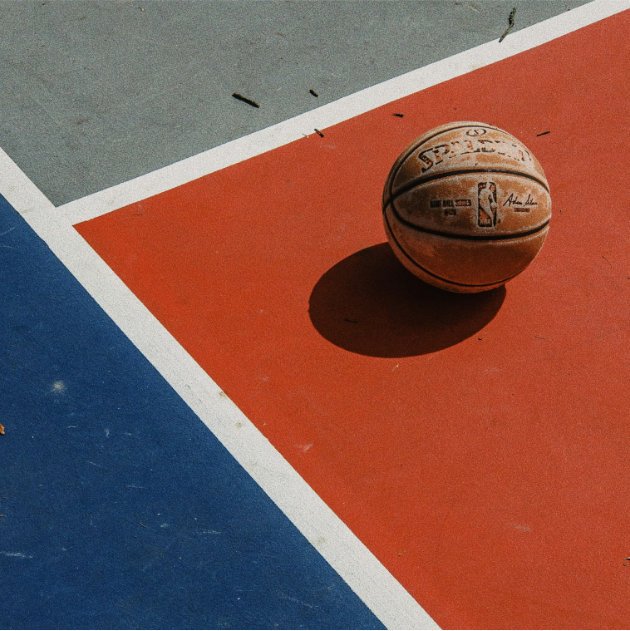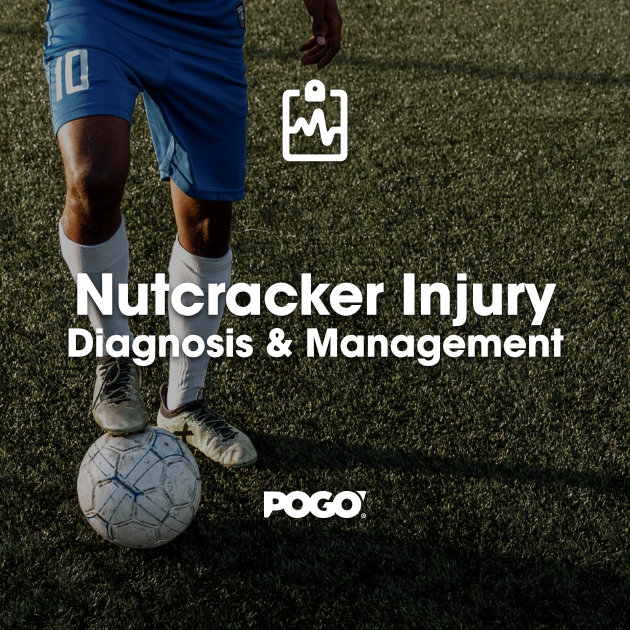Plyometric Exercises to Boost Power and Agility for Court Athletes

Whether you are a rising basketball star, a volleyball competitor, or a tennis player chasing every ball, explosive power and agility are essential for dominating on the court. One of the most effective ways to develop these attributes is plyometric training which are dynamic exercises that utilises the stretch-shortening cycle (SSC) of your muscles to produce powerful, rapid movements.
Research consistently shows that plyometrics can dramatically improve jump performance, change of direction speed, and reactive strength, all of which are critical for success in court-based sports (Markovic & Mikulic, 2020; Attene et al., 2015). To reap these benefits safely and effectively, it is crucial to understand which exercises to perform, how to execute them with proper technique, and how to structure a program that matches the specific demands of your sport.
Why Plyometrics Matter for Court Athletes
Court sports demand rapid jumps, cuts, stops, and accelerations movements that rely on your body’s ability to store and release elastic energy through the SSC. This cycle involves three phases: an eccentric phase where muscles lengthen under tension during force absorption, an amortisation phase representing a brief transition period, and a concentric phase during which muscles shorten rapidly to generate explosive power. When performed with correct technique and progression, plyometric exercises enhance SSC efficiency, leading to improved jumping ability, agility, and overall power (Ramirez-Campillo et al., 2018). These improvements translate directly into court actions, such as leaping for a rebound, quickly changing direction on defense, or exploding into a sprint.
Evidence Supporting Plyometric Training
The scientific evidence supporting plyometric training for court athletes is compelling. Ramirez-Campillo et al. (2018) demonstrated through a meta-analysis that plyometric training significantly improves vertical jump height, sprint performance, and change of direction speed across a range of sports. A subsequent umbrella review by Ramirez-Campillo et al. (2020) confirmed that plyometric training enhances performance across diverse populations and sports, emphasising the importance of tailoring the program’s duration, intensity, and frequency to each athlete’s readiness and training history.
Attene et al. (2015) showed that plyometric training in young basketball players led to superior improvements in countermovement jump height, sprint times, and agility compared to technique training alone. Asadi et al. (2022) demonstrated that plyometric programs specifically improve change-of-direction speed and contribute to lower extremity injury prevention, both of which are critical for staying competitive and avoiding time off due to injury. Beato et al. (2016) reported that combining resistance and plyometric training produces even greater improvements in speed, strength, and power. Markovic and Mikulic (2020) confirmed that plyometrics reliably enhance lower-limb power when performed with proper technique and gradual progression.
Essential Plyometric Exercises for Court Athletes
To get the most benefit, athletes should select plyometric drills that replicate the specific movement patterns of their sport. Foundational lower-body plyometrics include squat jumps, which build vertical power essential for actions like rebounding or spiking; drop jumps, which enhance reactive strength and reduce ground contact time; and split squat jumps, which develop unilateral explosiveness vital for lunges and sprint take-offs.
Multi-directional plyometrics such as lateral bounds (skater hops) train side to side power for defensive slides or quick directional changes, while 180-degree rotational jumps improve rotational agility for sudden shifts on the court. Advanced progressions like depth jumps and single-leg bounds further enhance the rate of force development and unilateral stability, but these should only be introduced after mastering basic movements with solid technique.
Coaching Tips for Safe and Effective Plyometrics
Proper execution is essential for maximising benefits and minimising injury risk. Athletes should focus on soft, controlled landings with knees aligned over toes to avoid valgus collapse, maintain an upright chest with a braced core to control trunk alignment, and emphasise quality over quantity with ending sets when fatigue compromises form. Adequate rest intervals of 60 to 120 seconds between sets are recommended to maintain maximal effort and neuromuscular effectiveness.
Programming Plyometric Training for Court Athletes
Evidence from Ramirez-Campillo et al. (2020) and Asadi et al. (2022) suggests that 1 to 2 plyometric sessions per week are optimal for most court athletes. Programs lasting 6 to 10 weeks have been shown to produce significant improvements in jump, sprint, and agility performance. Total volume should be kept to 60 to 100 jumps per session to balance performance improvements with injury risk. Plyometric exercises should always follow a thorough dynamic warm-up and precede any heavy strength or conditioning work. Progression should move from bilateral to unilateral and rotational exercises only once foundational strength and technical competency are established.
Common Mistakes to Avoid
Skipping foundational strength preparation increases the risk of overuse injuries, while poor landing mechanics such as knees caving inward or landing stiff-legged. Excessive volume beyond recommended guidelines can cause overuse injuries without additional performance benefits. Rushing progression by introducing advanced exercises like depth jumps before mastering the basics can overwhelm the neuromuscular system, leading to poor outcomes and higher injury risk.
Sample Plyometric Workout
Below is a sample plyometric workout designed to improve lower-body power, agility, and sport-specific explosiveness for court athletes. Perform this workout 1–2 times per week during the pre-season or early in-season phases:
Warm-Up (5–10 minutes)
Dynamic leg swings, high knees, walking lunges, and ankle bounces.
Main Circuit (3–4 rounds)
- Squat Jumps: 3 sets of 6 reps
- Lateral Bounds (Skater Hops): 3 sets of 6 reps per side
- Split Squat Jumps: 3 sets of 5 reps per leg
- 180° Rotational Jumps: 3 sets of 4 reps
Rest for 60–90 seconds between exercises to maintain power output.
Optional Advanced Finisher (for experienced athletes only)
- Depth Jumps: 2–3 sets of 4 reps
Cool Down (5 minutes)
Light jogging followed by static stretching for quads, hamstrings, calves, and glutes.
Integrating Plyometrics with Other Training
Plyometric training works best when combined with resistance and agility exercises. Pairing plyometrics with strength training builds the lower-body foundation necessary for powerful, safe landings and take-offs. Integrating agility work ensures athletes can apply their increased power in sport-specific movements like cutting or defensive slides. Periodisation is key: emphasise plyometric volume during the pre-season, reduce it during peak competition periods, and avoid adding new, challenging exercises close to important games.
Take-Home Message
Plyometric training is a proven and effective method for improving jump height, speed, agility, and injury resilience in court-based sports like basketball, volleyball, tennis, and squash. Studies consistently show that when performed with proper technique, gradual progression, and evidence-based programming, plyometric exercises help athletes improve performance while reducing injury risk (Ramirez-Campillo et al., 2018; Ramirez-Campillo et al., 2020; Asadi et al., 2022; Attene et al., 2015; Beato et al., 2016; Markovic & Mikulic, 2020). Starting with basic exercises, mastering landing mechanics, progressing gradually, and allowing adequate recovery enables athletes to unlock the explosive power and agility needed to excel and stay injury-free on the court.
Athletes seeking personalised plyometric programming or professional assessment should consider working with a physiotherapist or performance specialist experienced in court sports to maximise benefits and ensure safe, effective training.

Abe Ofosu
Physiotherapist (APAM)
References
Ramirez-Campillo, R., et al. (2018). Effects of plyometric jump training on physical fitness in youth and young adult soccer players: A systematic review and meta-analysis. European Journal of Sport Science, 18(5), 684–703. https://doi.org/10.1080/17461391.2018.1502357
Ramirez-Campillo, R., et al. (2020). Effects of plyometric training on physical performance: An umbrella review. PLOS ONE, 15(9), e0238580. https://doi.org/10.1371/journal.pone.0238580
Asadi, A., et al. (2022). Effects of plyometric training on change of direction performance and injury prevention in court sport athletes: A systematic review and meta-analysis. Clinical Journal of Sport Medicine, 32(3), e123–e131. https://doi.org/10.1097/JSM.0000000000001234
Beato, M., et al. (2016). Combined resistance and plyometric training improves strength, power, and speed in professional soccer players: A randomized controlled trial. International Journal of Sports Physiology and Performance, 11(6), 708–715. https://doi.org/10.1123/ijspp.2015-0058
Attene, G., et al. (2015). Improving neuromuscular performance in young basketball players: Plyometric vs. technique training. Journal of Sports Medicine and Physical Fitness, 55(1–2), 1–8.
Markovic, G., & Mikulic, P. (2020). Neuro-musculoskeletal and performance adaptations to lower-extremity plyometric training. Sports Medicine, 50(4), 639–659. https://doi.org/10.1007/s40279-020-01340-6







